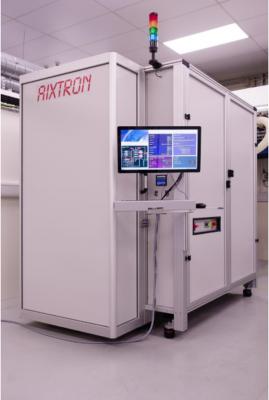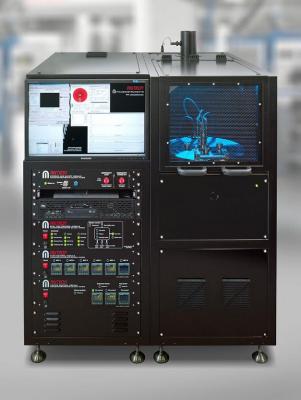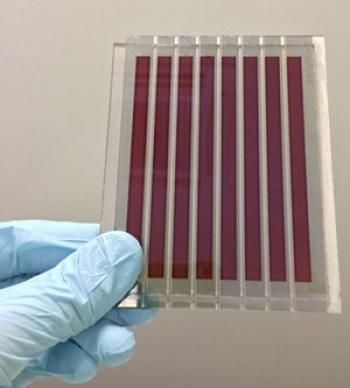The Graphene Flagship details its achievements in graphene automotive technology
The Graphene Flagship, Europe's $1 billion graphene research initiative, has summed up its progress in advancing graphene-based innovations for automotive in the last ten years. The project examines, among other topics, how graphene can address key challenges in the automotive sector, such as fuel efficiency, recycling, and environmental impact.
Graphene has the potential to drive significant advancements in the automotive industry — from strengthening structural components to improving electrochemical energy storage (i.e., Batteries) efficiency and safety in electric cars as well as enhancing the performance of the self-driving car. The Graphene Flagship has orchestrated a number of projects researching the benefits of graphene in automotive applications and how vehicles can be improved. The Graphene Flagship reports it is now seeing this research and development come to fruition. Listed below are the automotive-related advancements that were achieved.



 Graphene-enhanced perovskite PV
Graphene-enhanced perovskite PV